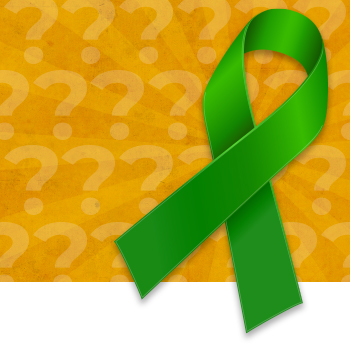
Cerebral palsy (CP) is the leading congenital disorder in the nation, affecting approximately 500,000 children and adults, according to the United Cerebral Palsy Foundation.
CP is a permanent disability encompassing various disorders that affect an individual’s movement, coordination, balance, posture and reflexes. Some people with cerebral palsy also have visual, speech, hearing and intellectual impairments.
CP can be either congenital, which means it develops in utero or during childbirth, or acquired, which means it was caused by brain damage 28 days or more after birth:
- Approximately 70 percent of cases are caused by injuries in utero.
- Approximately 20 percent of cerebral palsy cases are due to birth injuries.
- Approximately 10 percent are due to injuries following birth.
What Causes CP?
There are many medical issues that increase a child’s risk of developing CP in utero, during childbirth or after being born:
Pregnancy Infections
Infections during pregnancy, such as chicken pox, rubella or cytomegalovirus increase the risk of CP to the infant. Pregnant women with high fevers or urinary tract infections are also at greater risk of having an infant with CP.
Low Birth Weight
If an infant is born weighing less than five pounds, he or she has an increased risk of developing CP. The risk is even higher if the infant is born weighing less than three pounds.
Babies born prematurely often have low birth weight. Premature births often occur with mothers who had to use fertility treatments.
The birth of more than one baby at a time also increases the risk of low birth weight.
Jaundice
While many believe jaundice is a minor issue at birth, it can create long-term medical issues. Untreated jaundice in an infant can lead to a higher risk of CP.
Infant jaundice is characterized by yellow discoloration of a baby’s skin and eyes. Infants often develop this condition because of an immature liver, leading to excess bilirubin in the baby’s blood.
Birth Issues
This includes uterine rupture and umbilical cord problems such as:
- Prolapse – This is when the umbilical cord drops through the cervix during delivery. It can get wrapped around the infant’s body and cause a loss of oxygen.
- Nuchal cord – This is when the umbilical cord is wrapped around the infant’s neck.
- Umbilical cord knots – If the knot tightens during delivery, it can cause decreased blood flow and a loss of oxygen.
If these issues are not detected or doctors fail to react quickly enough, your child is at increased risk of developing CP.
Blood Compatibility
When a mother and infant have incompatible blood types, RH factor diseases may develop, which increase CP risk. When detected, an Rh immunoglobin injection can be administered by a physician around 28 weeks of pregnancy to protect against such issues.
Blood Flow Issues
These can be caused by blood clotting, unformed blood vessels, sickle cell disease or heart defects. This can cause a child to develop CP a month or more after birth.
Traumatic Head Injuries
This can happen if an infant is dropped or has a bad fall. In some cases, the resulting brain damage causes the child to develop CP.
Medical Negligence
Failure by a medical professional to identify and treat medical issues during pregnancy and birth can increase risk of CP. Examples of medical negligence that put infants at risk of developing cerebral palsy include:
- Improper fetal heartbeat monitoring during and following delivery
- Delayed C-section
- Untreated maternal infection
- Improper use of birth-assisting equipment, such as a vacuum extractor or forceps
- Undetected umbilical cord issues, such as prolapse
- Delayed treatment of asphyxiated infant
- Improper monitoring of respiratory issues and oxygen treatment
If your child has been diagnosed with cerebral palsy caused by medical negligence, the attorneys of Janet, Janet & Suggs, LLC will fight for justice for your family. We work to hold negligent medical providers accountable while seeking fair compensation for your family.
Click here to schedule a free, no obligation legal consultation.
RELATED POSTS
Cerebral Palsy Settlements
